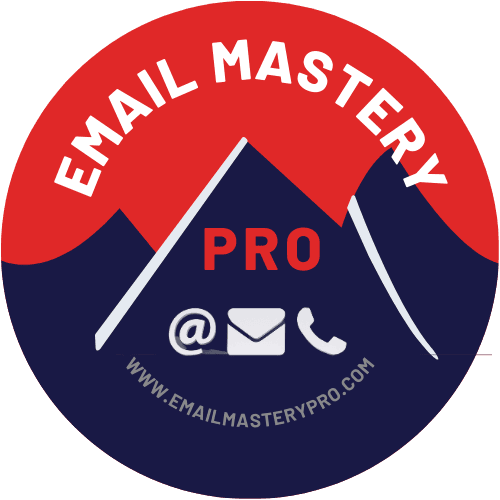
Imagine you have a box full of different kinds of toys. Some are puzzles, some are dolls, and others are action figures. You wouldn’t give the same toy to every kid, right? Just like that, in email marketing, we can’t send the same email to everyone. This is where segmentation, a super cool tool, comes into play. It’s like picking the perfect toy for each kid, making sure they get what they love the most!
Understanding Segmentation
Segmentation is like organizing your toys into different bins. In email marketing, it means dividing your email list into smaller groups based on things they have in common. These could be their likes, where they live, how old they are, or what they’ve bought before. This way, you can send emails that are more interesting to each group.
Why is Segmentation Important?
Sending the same email to everyone is like telling a joke about dinosaurs at a clown party – it might not fit! By using segmentation, your emails can be more like a perfect magic trick at the party, amazing and relevant to the audience. When emails are interesting and relevant, people are more likely to read them, click on links, and even buy things.
How Does Segmentation Work?
Think of your email list as a classroom full of students. Now, imagine you’re the teacher who knows each student’s favorite subject. Segmentation is like creating special lessons for groups of students based on what they like. You gather information about your email subscribers, like their hobbies, shopping habits, or birthday month. Then, you create groups (segments) and send them emails that talk about things they’re interested in.
Types of Segmentation
There are many ways to divide your email list, just like there are many ways to sort toys. Here are a few:
- By Age or Location: It’s like inviting only the kids from the neighborhood to a local park event.
- By Past Purchases: If someone bought a puzzle, you might send them emails about new puzzles.
- By Behavior: Watching how people act on your website can help. If someone always looks at action figures, you can send them emails about those.

Benefits of Segmentation
- Happier Subscribers: It’s like getting a birthday gift that you really wanted. When emails match people’s interests, they’re happier.
- More Sales: It’s easier to sell a toy when you know someone already likes that kind of toy. Similarly, segmented emails can lead to more sales.
- Better Email Reputation: Sending emails people like can make your email reputation better, just like being the kid who always brings the best toys to playdates.
Examples of Successful Segmentation
Imagine a toy store sending emails. Here are two ways they could use segmentation:
- Birthday Club: Kids who join the birthday club get special emails with birthday gift ideas a month before their birthday.
- Collector’s Corner: For kids who love collecting certain toys, like action figures, they get emails about new arrivals and exclusive collector’s items.
How to Start Segmenting
Starting to segment is like sorting a big box of mixed toys. Here are some steps:
- Collect Information: Ask people to share a bit about themselves when they sign up for your emails.
- Analyze Your List: Look at what your subscribers have in common.
- Create Your Segments: Make groups based on what you’ve learned.
- Send Targeted Emails: Start sending emails that fit each group’s interests.

Tips for Effective Segmentation
- Keep It Simple: Start with easy segments, like age or location.
- Listen to Your Subscribers: Pay attention to their feedback and adjust your segments.
- Keep Learning: As you gather more information, your segments can become more detailed.
Common Mistakes to Avoid
- Over-Segmenting: Don’t make your segments too small. It’s like having a toy party for only one kid – it’s not as fun!
- Ignoring Data: Always look at how your emails are doing. If people aren’t opening them, it might be time to try something different.
- Forgetting to Update: People’s interests can change, just like kids outgrow toys. Keep your segments updated.
Conclusion
Segmentation in email marketing is like being the best toy store owner in town. You know exactly what each kid likes and always have the perfect toy ready. When you send emails that people find interesting, they’re more likely to buy from you and even tell their friends about your store. So, start segmenting your emails and watch your email marketing become as exciting as the coolest toy shop in the neighborhood!






